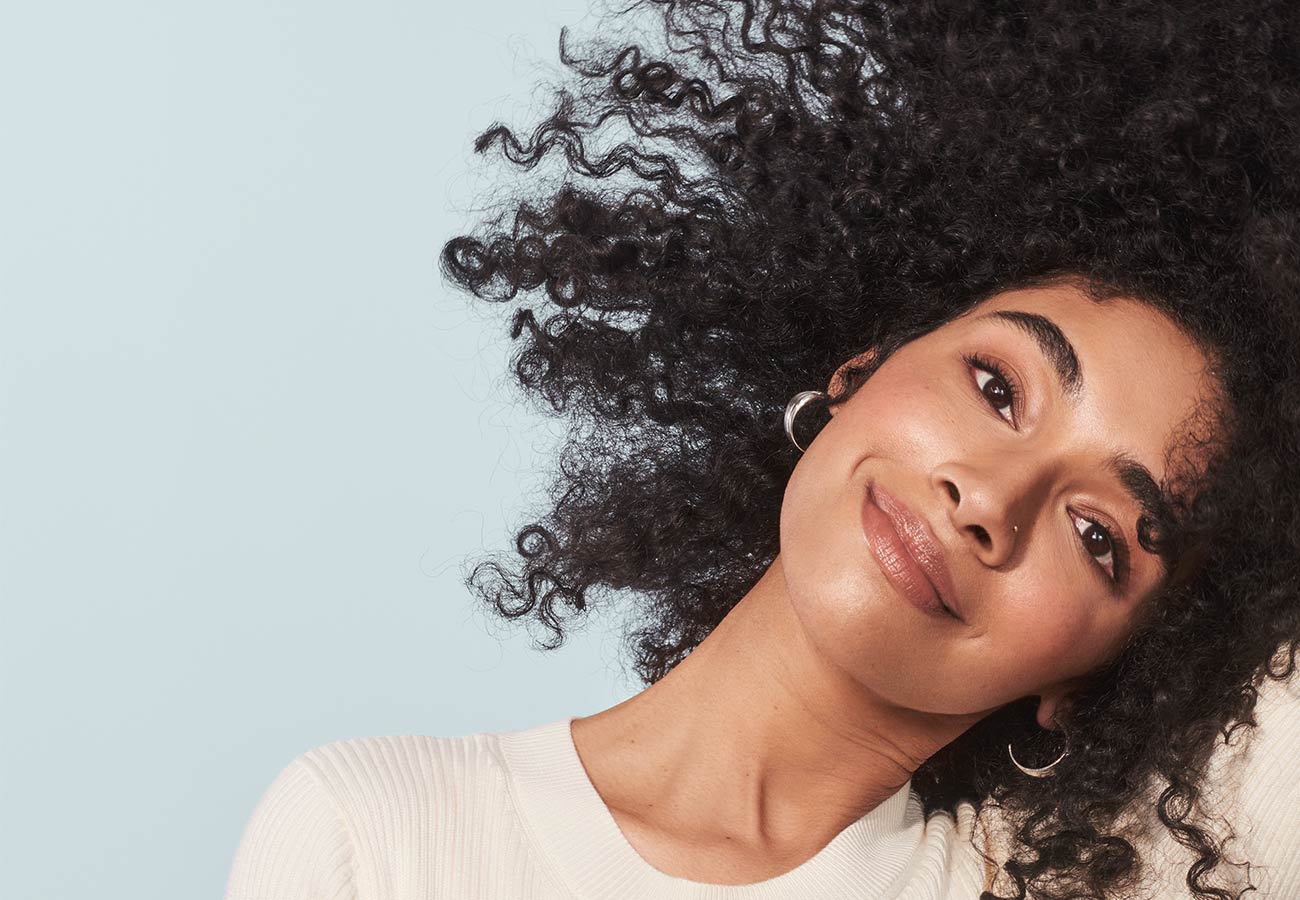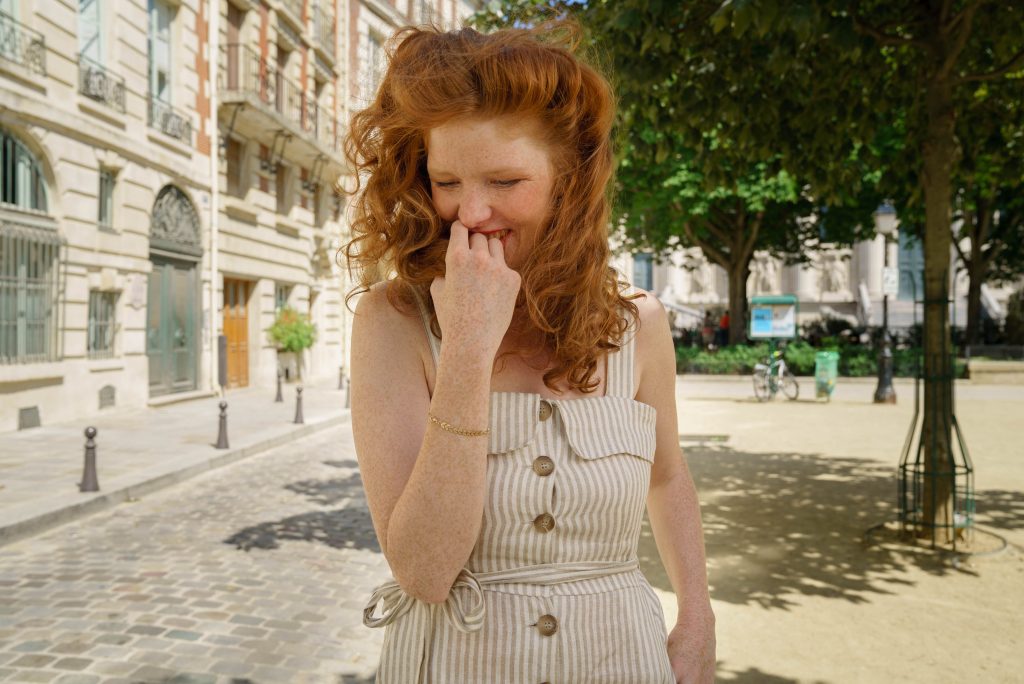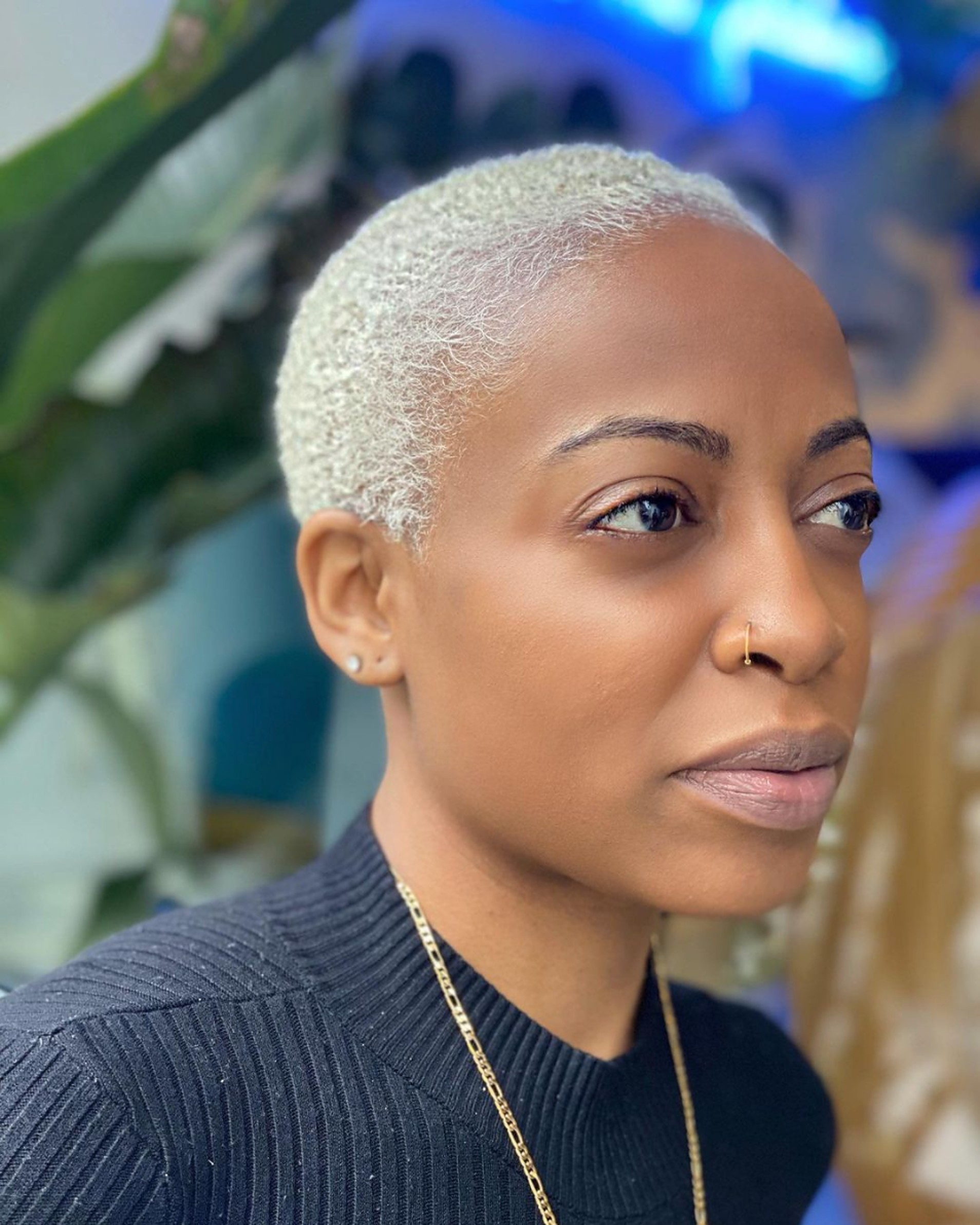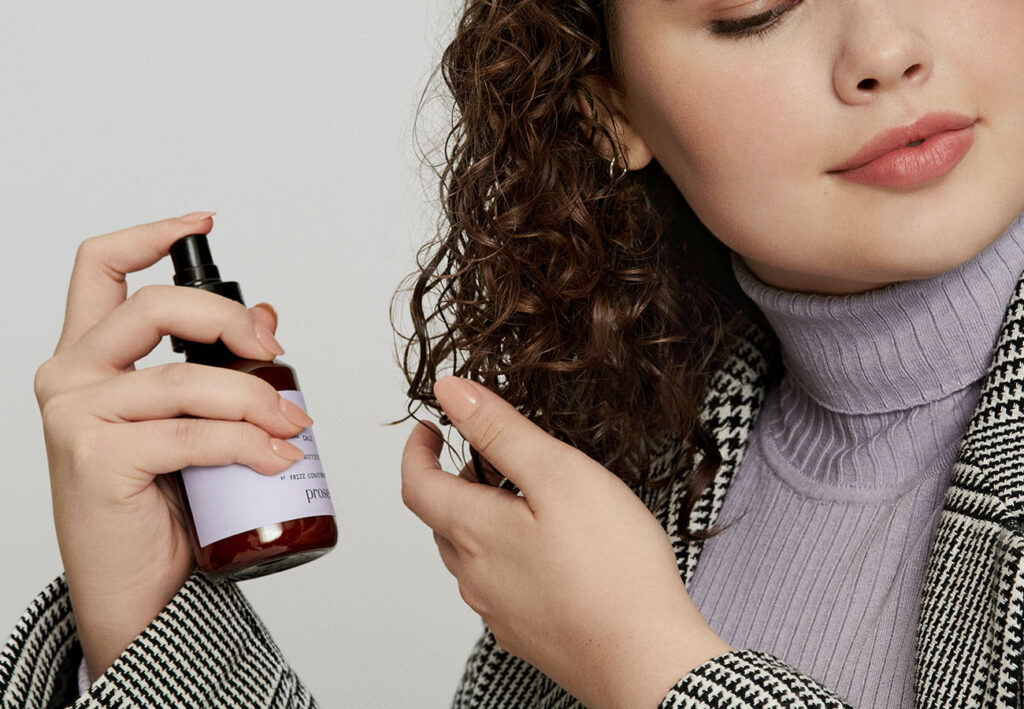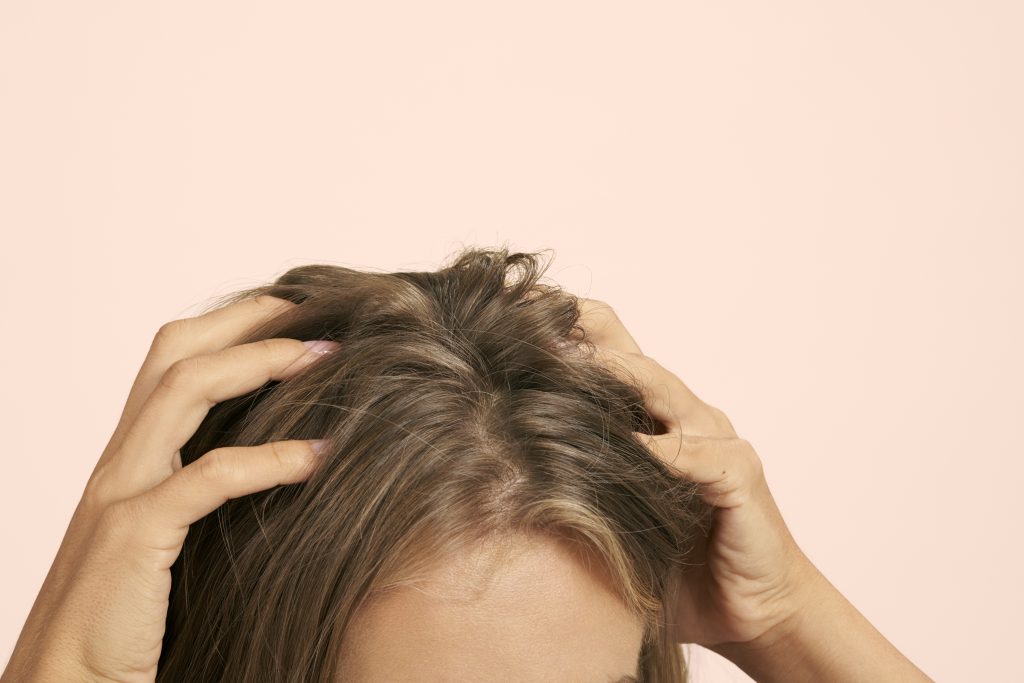What is hair made up of?
Hair is composed of a protein called keratin. Hair isn’t the only part of your body that’s made of keratin; this protein is also responsible for skin and nails, too.
The word ‘keratin’ might sound familiar because you’ve possibly heard your hairstylist mention it before. There are plenty of misconceptions about keratin floating around out there, however, so let’s take a few minutes to debunk those.
First, keratin is a naturally occurring protein. It can be found in epithelial cells on the surface of your skin. But keratin is not one-size-fits-all. There are different kinds of keratin, and they’re responsible for different types of growth and structure. In fact, humans aren’t the only ones with keratin—keratin is also found in some animals.
There are actually 54 types of keratin that your body can make. Half of those types of keratin reside inside of the hair follicles found all over your body.
Keratin is an intermediate filament-forming protein. Interestingly, the structure and function of a keratin protein are dependent upon its amino acid chains. Because keratin can’t be dissolved in water, solvent, acids, or even alkalines, its structure will remain mostly intact when it gets exposed to most of the body’s chemicals.
Keratin proteins do rely largely on water, however, to maintain and support their functionality and size. For example, a protein can lose its length when some molecular bonds break apart at a high temperature (which is why you should avoid using scorching high temperatures on your hair!).
So, how does your hair grow?
The journey your hair goes on begins at the hair root, which is located underneath your skin. At the hair root, cells band together and create keratin. The root itself can be found inside of a hair follicle.
Once your hair begins to grow, it pushes up from the root and makes its way out of the follicle, which is when you’ll actually start seeing it. Although we usually talk about the hair that’s on your head, the best way to visualize this is when your hair starts to grow back after shaving. The stubble begins to pop out of your hair follicles after a day or two of growth. There are also small blood vessels located at the base of each follicle to feed the hair root and ensure it continues growing.
But there’s more to it! For one, when you actually are able to see the hair at the skin’s surface, the cells that make up that strand of hair are no longer alive. That means that all of the hair on your body that you can see is composed of dead cells, which is why you can get a new ‘do without worrying about every snip of the scissors hurting your hair.
Those hair follicles aren’t on their own, either. Almost every hair follicle is connected to a sebaceous gland, which produces the oil that allows your hair to have that shiny appearance and keeps it healthy and moisturized.
What makes hair curly, straight, or wavy?
Okay, so do the different types of keratin have anything to do with whether your hair will be straight, wavy, or curly? All hair has two significant components: the hair shaft and the hair follicle.
The shafts of your hair are the strands that you see flowing from your head. The follicle of your hair is within the skin of your scalp. Both of these contribute to the structure of your hair and its shape.
First, let’s discuss the hair follicle. The curvature of the follicle is a large part of what determines the shape of our hair. For example, if you looked at the cross section of someone with straight hair, you’d see a perfectly round follicle. A cross section of curly hair, alternately, would be oval. It’s also important to note that when you have curly or wavy hair, the hair’s undergo an asymmetrical keratinization process, which is what gives you all those twists and curls in your hair.
You might be wondering what role the hair shaft plays in the texture. The answer is protein bonding. The hair that you see is composed of dead cells that are full of keratin. The protein has copies of an amino acid called cysteine, which has a special chemical group that contains sulfur.
This allows it to create strong bonds with other molecules that also contain sulfur. Since the hair largely is keratin, the cysteine amino acids can actually go ahead and bond with other cysteines further down on the hair’s shaft—which creates a curl. Ultimately, the hair follicle is far more influential in determining if you’ll have curly or straight hair than the hair shaft is, however.
Why pick custom hair care?
It’s clear to us that hair is truly amazing. Taking care of it and showing it the love it deserves is key to ensuring that your hair looks and feels great.
That’s exactly why at Prose, we’re passionate about delivering the best in personalized hair care. It’s what you deserve, after all! Your hair works hard for you, and now it’s time to show it that same respect.
Whether you’re looking for a gentle cleansing shampoo and conditioner system, a supplement to buoy hair growth*, oils for your hair, or anything else, Prose has you covered.
When you get started with Prose, we’ll have you complete an online consultation to get a feel for what your hair is like. Our custom products are individually bottled depending on the results from that consultation, so you can be sure that you’re getting the most personalized hair care out there.
During your consultation, we’ll ask you to fill out a series of questions so we can gain a holistic view of what impacts your scalp and hair. From there, we’ll work diligently to create a formula that’s right for only you.
Everyone’s hair is made of the same protein—keratin—but there are a whole host of things that can make one’s hair different from each other. Texture, length, styling, and treatment are only a few of those. Take the guesswork out of hair care and get a personalized recommendation so you can be sure that you’re taking the very best care of your hair.
In conclusion
Keratin is an incredible protein, and there are plenty of steps that you can take to ensure that your hair is getting the attention that it rightfully deserves. Get started with your custom hair system today, and you won’t look back.
*These statements have not been evaluated by the Food & Drug Administration. These products are not intended to diagnose, treat, cure or prevent any disease.

